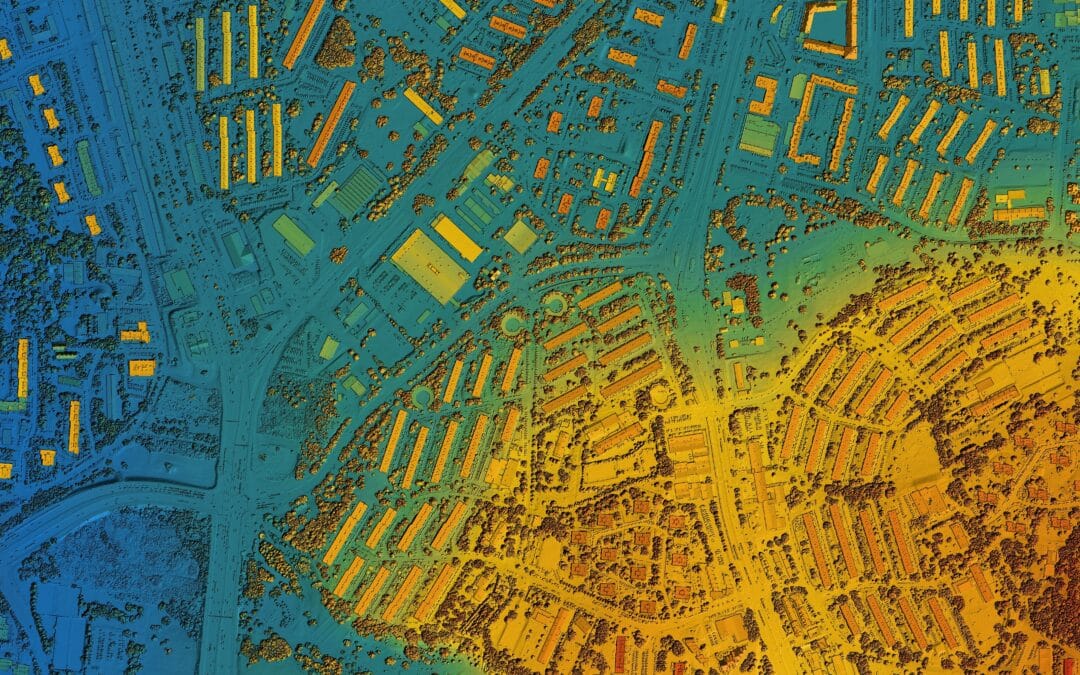ATTOM Data Solutions, released its Q3 2017 U.S. Home Equity & Underwater Report, showing that at the end of the third quarter of 2017 there were 4.6 million (4,628,408) U.S. properties that were seriously underwater (where the combined loan amount secured by the property was at least 25 percent higher than the property’s estimated market value), down by more than 800,000 properties from the previous quarter and down by more than 1.4 million properties from Q3 2016 — the biggest year-over-year drop since Q2 2015.
The 4.6 million seriously underwater properties at the end of Q3 2017 represented 8.7 percent of all U.S. properties with a mortgage, down from 9.5 percent in the previous quarter and down from 10.8 percent in Q3 2016.
“Accelerating home price appreciation this year is increasing the velocity at which seriously underwater homeowners are recovering home equity lost during the Great Recession,” said Daren Blomquist, senior vice president at ATTOM Data Solutions. “Median home prices nationwide are up 9.4 percent so far in 2017, the fastest pace of appreciation through the first three quarters of a year since 2013. Continued home price appreciation is also helping to grow the number of equity rich homeowners across the country compared to a year ago.”
26 Percent of Properties Were Equity Rich in Q3 2017
There were more than 14 million (14,030,394) U.S. properties that were equity rich. Where the combined loan amount secured by the property was 50 percent or less of the estimated market value of the property. Down slightly from the previous quarter but still up by 905,000 compared to a year ago.
The 14 million equity rich U.S. properties represented 26.4 percent of all U.S. properties with a mortgage, up from 24.6 percent in the previous quarter and up from 23.4 percent in Q3 2016.
Highest Share of Equity Rich Properties
States with the highest share of equity rich properties were Hawaii (41.9 percent); California (41.4 percent); New York (35.7 percent); Oregon (34.0 percent) and Washington (33.6 percent).
Among 93 metropolitan statistical areas with a population of 500,000 or more, those with the highest share of equity rich properties were San Jose, California (61.0 percent); San Francisco, California (56.4 percent); Los Angeles, California (45.3 percent); Honolulu, Hawaii (43.9 percent); and Oxnard-Thousand Oaks-Ventura, California (38.7 percent).
“The number of Seattle homeowners who are considered “seriously underwater” continues to drop and is now at an all-time low of 3 percent,” said Matthew Gardner, chief economist at Windermere Real Estate, covering the Seattle market. “Thanks to the strong appreciation of home prices in our area, I expect to see this number drop even further as we move into 2018. At the same time, the percentage of “equity rich” homeowners in Seattle continues to rise, reporting a remarkable 103 percent increase since the end of 2013.”
Other metros where at least 35 percent of properties were equity rich at the end of Q3 2017 were Seattle, Washington (38.7 percent); San Diego, California (38.3 percent); Portland, Oregon (36.7 percent); Austin, Texas (35.8 percent); and Stockton, California (35.2 percent).
Highest Share of Seriously Underwater Properties
States with the highest share of seriously underwater properties were Louisiana (19.2 percent); Iowa (14.2 percent); Pennsylvania (14.0 percent); Mississippi (13.8 percent); and Alabama (13.7 percent).
Among 93 metropolitan statistical areas with a population of 500,000 or more, those with the highest share of seriously underwater properties were Baton Rouge, Louisiana (20.5 percent); Scranton, Pennsylvania (19.5 percent); Youngstown, Ohio (18.2 percent); New Orleans, Louisiana (17.4 percent); and Dayton, Ohio (16.4 percent).

Click on graph for larger image. Image will open in separate tab.
Report methodology
The ATTOM Data Solutions U.S. Home Equity & Underwater report provides counts of residential properties based on several categories of equity — or loan to value (LTV) — at the state, metro, county and zip code level, along with the percentage of total residential properties with a mortgage that each equity category represents. The equity/LTV is calculated based on record-level open loan data and record-level estimated property value data derived from publicly recorded mortgage and deed of trust data collected and licensed by ATTOM Data Solutions nationwide for more than 150 million U.S. properties
Definitions:
Seriously underwater: Loan to value ratio of 125 percent or above, meaning the property owner owed at least 25 percent more than the estimated market value of the property.
Equity rich: Loan to value ratio of 50 percent or lower, meaning the property owner had at least 50 percent equity.
Read original report here.
Enjoyed this article? Sign up for your FREE Think Realty membership to receive access to membership only content, benefits, and stay up to date on our upcoming events.
























0 Comments